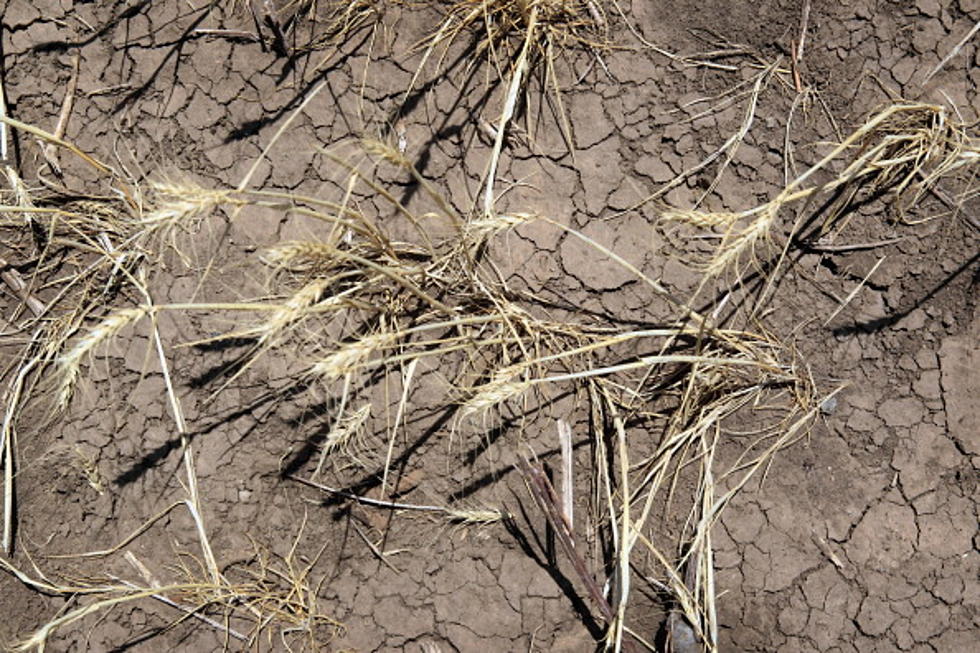
Wyoming and USDA Sign MOU on Wildlife Habitats
On Monday, Governor Mark Gordon announced a Memorandum of Understanding (MOU) with the U.S. Department of Agriculture (USDA) on wildlife habitats in Wyoming.

Under the MOU, Wyoming and the USDA agree to various things including supporting the stewardship of public and private land, establishing communication between public and private entities, and working to monitor the outcome of conservation.
Individually, the MOU states that the USDA will have a big-game migration coordinator and dedicate resources to meet the needs of private entities.
Wyoming will educate people in the state about the opportunities provided by the MOU, help the USDA with on-the-ground experts, and involves teams from an executive order Gordon signed.
That order was signed in October 2020, called the "Mule Deer and Antelope Migration Corridor Protection" Executive Order, which established several migration corridors for mule deer in Baggs, Platte Valley, and Sublette.
Gordon said in the release:
"Wyoming leads the nation in our approaches to conserving wildlife, particularly big game migration. We do that with strong landowner partnerships and recognition that habitat conservation can be done on multi-use lands," Gordon said. "Private landowners have long provided key habitat for wildlife across Wyoming. Offering voluntary funding opportunities to landowners to maintain this valuable space for wildlife is a recognition of their role in conservation."
The USDA, as part of the agreement signed by Gordon and Agriculture Secretary Tom Vilsack, will provide $16 million in investment through the Environmental Quality Incentives Program (EQIP) and the Agricultural Conservation Easement Program (ACEP).
The EQIP provides funding to agricultural producers to help them implement more efficient and conservation-friendly practices.
The ACEP on other hand provides financial assistance to state governments, tribes, and non-governmental organizations to help them better protect wetlands and limits the use of non-agricultural land.
Producers in the Wyoming pilot area will be able to apply for conservation programs starting this fall.
Vilsack said in the release:
"Conserving private working lands and tribal lands through voluntary, collaborative incentives not only empowers producers to address a range of natural resource concerns, but also helps them care for our nation’s most important wildlife habitats and corridors," Vilsack said. "We’re pleased to announce today’s agreement, which is the product of consultation and partnership with the State of Wyoming and local stakeholders. This agreement will help create new and enhanced opportunities through USDA’s conservation programs to keep working lands working and give farmers, ranchers, and forest landowners new opportunities to conserve wildlife and migration corridors."



